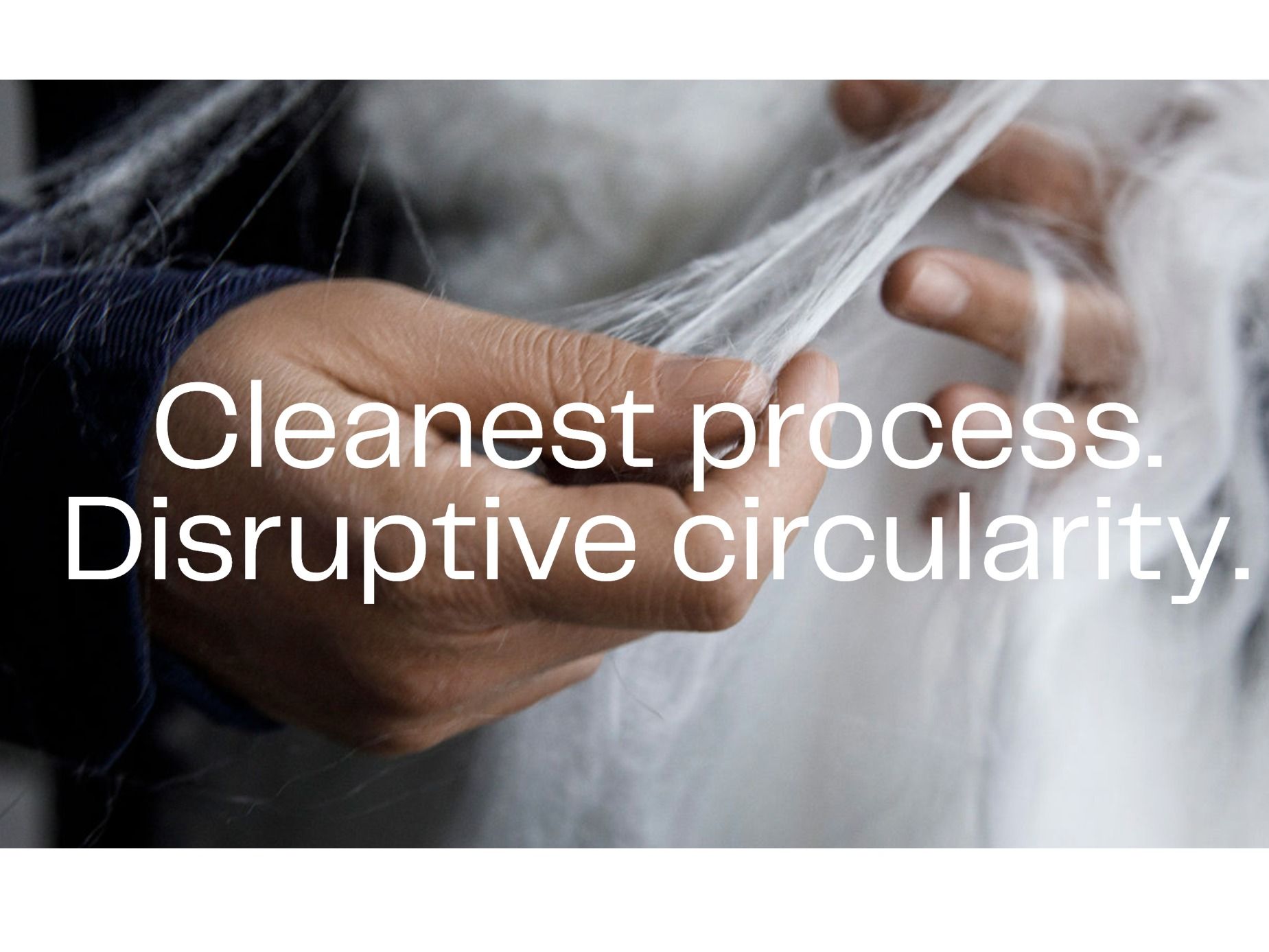Approved by curator

Added: Sep 09, 2021
Last edited: Sep 29, 2021
Spinnova is one of the leaders in cellulose-based textile innovators that provide garments to large corporations such as Adidas, The North Face, H&M Group, and Marimekko. The fiber comes from the certified FSC and/or PEFC forests. Spinnova claims to be 100% biodegradable, 100% recyclable, with 99% water saving, and completely chemical-free.
Looking at the life cycle of cotton production, cotton consumes much water, fertilizer, and requires much labor. Synthetic fibres like polyester and other nonrenewable-based material are used to manufacture fast fashion, but contribute to high C02 emissions and ustilise fossil fuels. To move towards a regenerative textile circular economy, an alternative fibres are needed to reduce emissions and create biological cycles that enable a circular economy.
Spinnova has developed a breakthrough process for making textile fibre out of wood or waste, such as leather, textiles or food waste, without the use of harmful chemicals.
Using their patented technology, Spinnova only mechanically refines their pulp raw material, and transforms it into spinning-ready fibre suspension without harmful chemistry. No dissolving, no regeneration.
Upon spinning into filament, the suspension flows through a unique nozzle at a high pressure. The right kind of extrusion causes the fibrils to rotate and align with the flow to create a natural textile fibre. The fibre is then simply dried and collected, ready for spinning into yarn.
This material consumes less 99% water than traditional cotton production.
Spinnova's cellulose-based material has the stretch and strength of cotton while maintaining the insulation of lamb's wool. It allows being applied in a variety of products such as footwear, household textile, or clothing.
Addiitonally, the fibre can be upcycled in through the process again, without dissolving or harmful chemicals. This means that in the future, a product can be taken back from the consumer, and ground back into micro fibrils without even dismantling the product. The upcycled fibre is just as good, if not better quality than the original fibre. It can be turned into new products without having to add fresh fibres at all.
The process means that no harmful chemicals are used, close to zero water use and minimal CO2 emissions.

food waste
Spinnova
